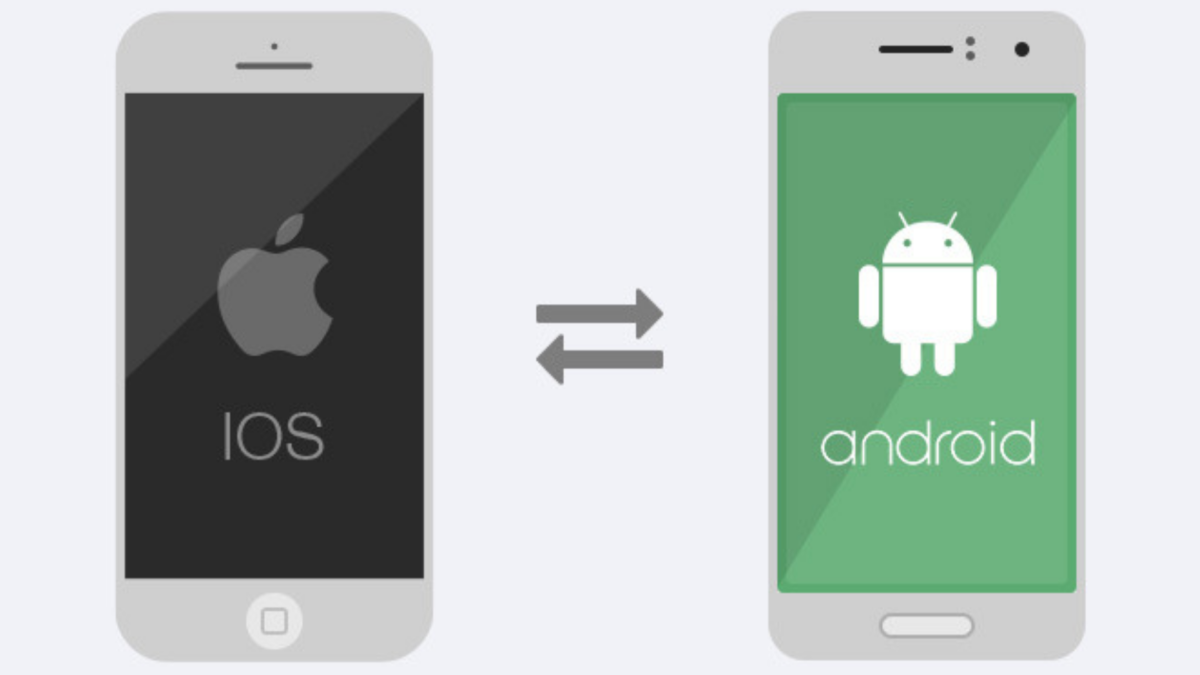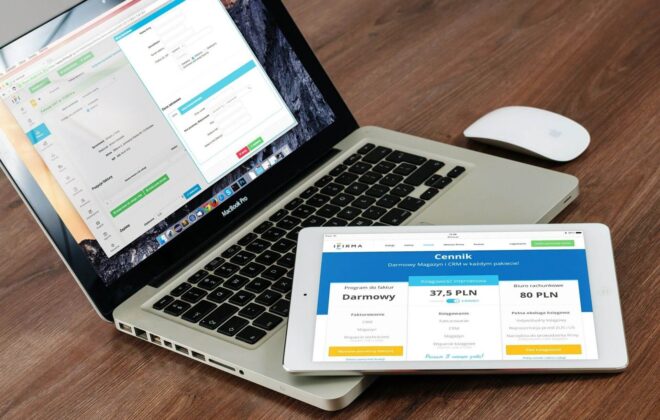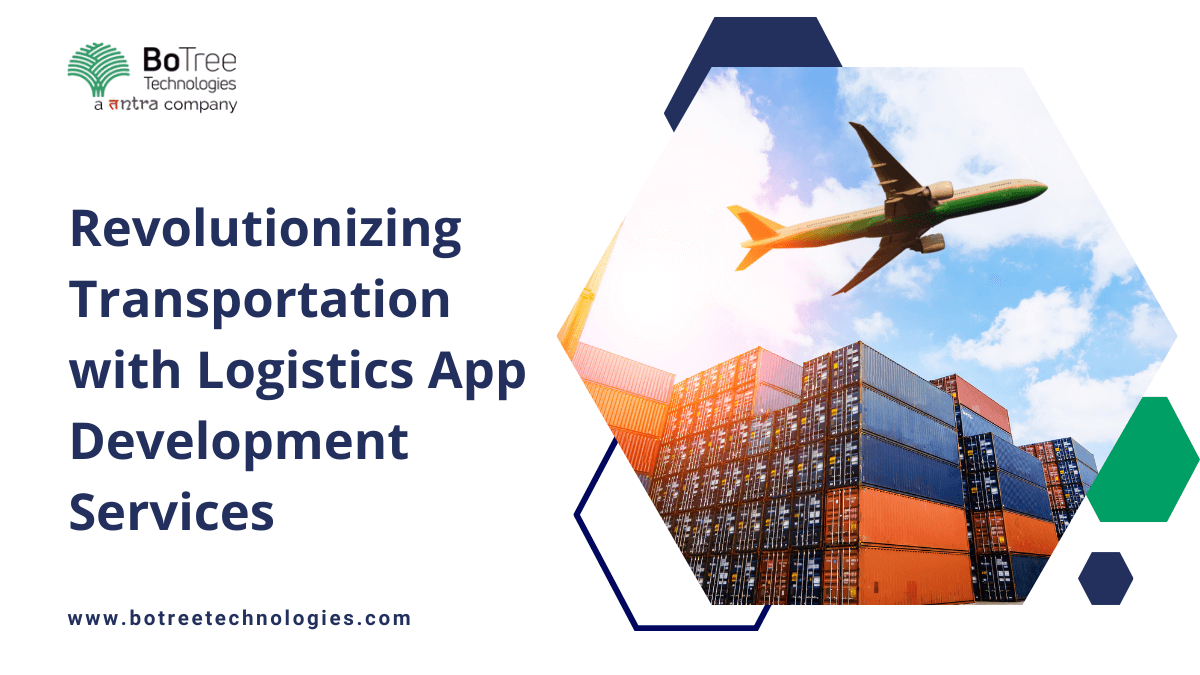
Key Differences in Designing iOS Native Apps & Android Native Apps
Android & iOS account for more than 95% of the global market share in mobile operating systems. Thus, native apps must be developed keeping in mind that the users of both the systems have an enhanced application experience. They differ in their interface, features and follow their own set of rules. These rules or standards determine the overall appearance of the application.
Android native development is widely used by developers around the world. The UX & UI are designed in such a way that it aligns with the specific features of the operating system. iOS native app development has recently gained traction & is rapidly increasing with the huge upsurge in iPhone users.
Android Vs. iOS: The Differences in Design
There are specific features that distinguish the iOS UI from Android. Both of them compete to provide the best experience to its users and have drastically optimized their design to match the development requirements for this purpose.
App Icons
Icons are the distinct identity of mobile applications which allow them to be recognized. iOS native app development allows icons to be designed in square shapes which are later automatically rounded off from the corners. The icons represent clarity & transparency as apple utilizes flattened images to avoid distortion.
In Android native development, developers have the liberty to utilize paper shadows & a wide range of colors. The key difference here is that in android native development, the icons can have a transparent background. This implies that instead of square icons, the app icons can have any shape.
Navigation Pattern
This is one of the major difference in android & iOS design. Native Android apps must be incorporated with the inbuilt navigation bar with the back button & the app refresh button. This allows a smoother experience to the users with easy navigation to the previous screen.
Native iOS app development utilizes no in-built navigation pattern like the android bar. It has a screen-specific back button at the top. Apart from that, the only other way to go back is a right swipe gesture that is incorporated within every app.
In-App Tab Placement
In native Android apps, the tab is generally placed on the left side within a drawer that can be accessed via a button on the top. This drawer has all the options of the application that a user can access with ease.
When it comes to native iOS apps, the tabs are generally placed at the bottom & rarely at the top. There is no side drawer & the tabs are visible on the open app screen.
Design is a crucial element of application development. Apart from the above mentioned key factors, other features like custom views, buttons, vocabulary & typography, screen resolutions etc. are essential in determining the visual effectiveness of the app. Choosing iOS native app development or Android native development is, therefore, also dependent upon the visual & style elements that can enhance your user’s overall experience.
Click here for more details…
At BoTree Technologies, we build enterprise applications with our Mobile Dev team of 20+ engineers.
We also specialize in RPA, AI, Django, JavaScript and ReactJS.




